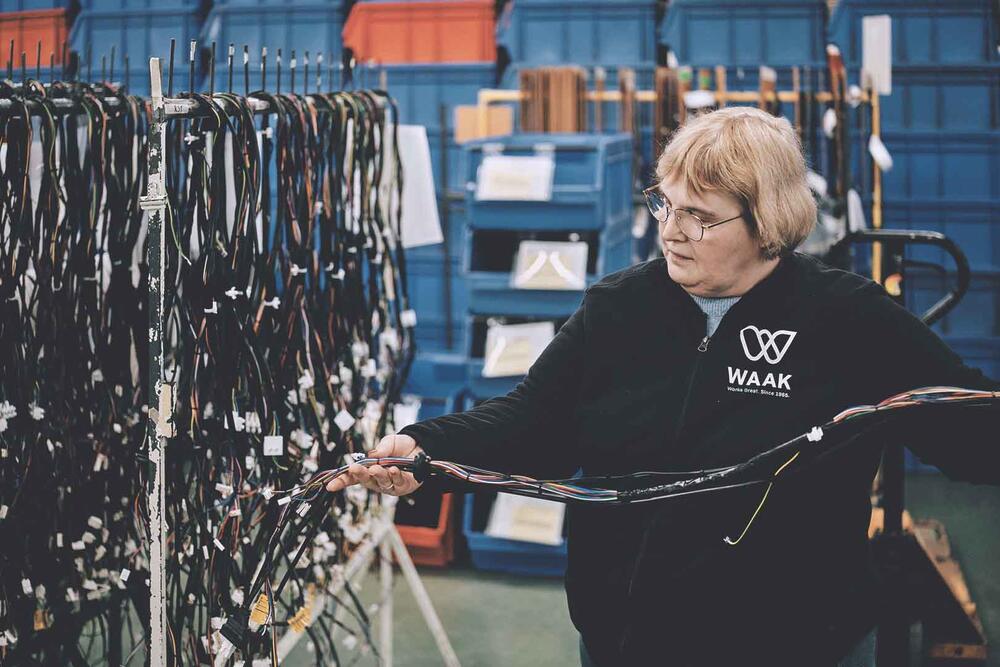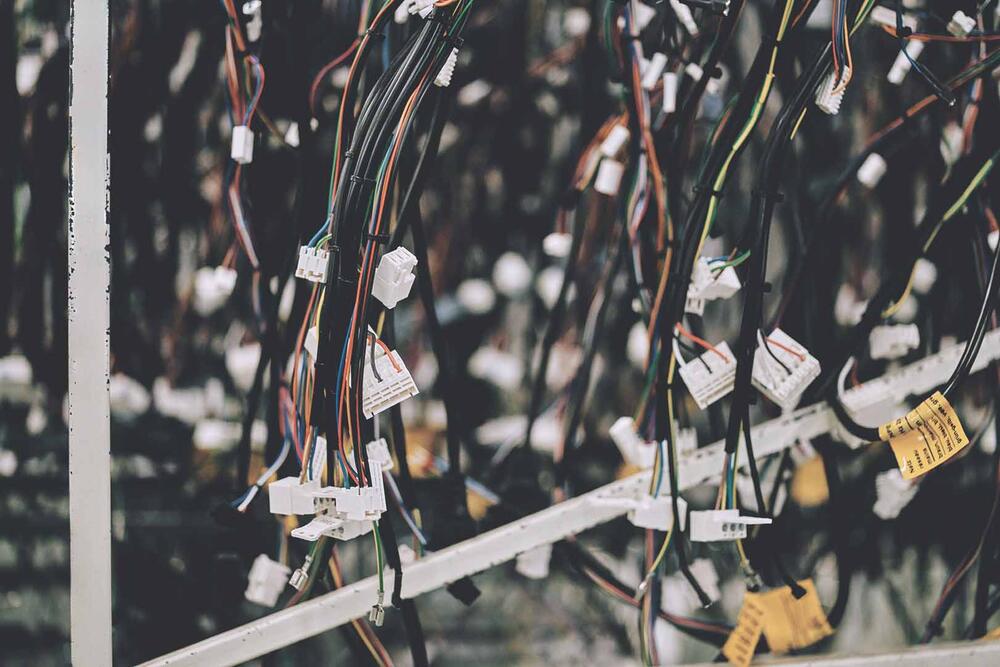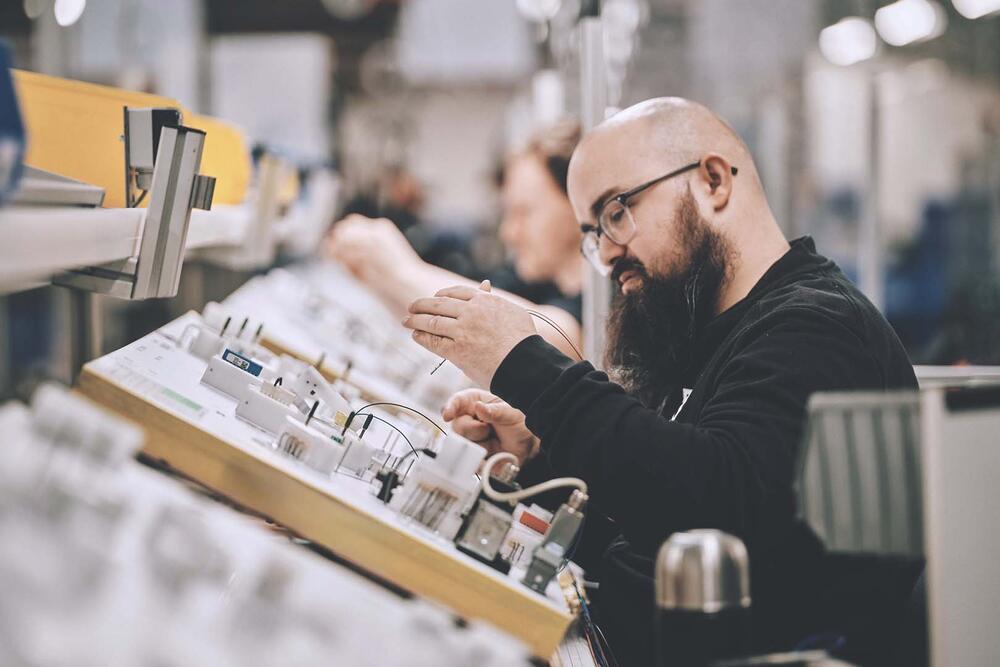8 most critical (and costly) mistakes in wire harness design

Designing cable harnesses may seem straightforward, but the devil is in the details. Even small mistakes in cable harness design can lead to significant costs due to production delays or product failures. At WAAK Cable Assembly, we understand that attention to detail in harness design is crucial for the quality and long-term performance of your wire harness and your product. As cable assembly specialists, we have identified the most critical, and therefore costly, cable harness design mistakes.
What is wire harness design?
Cable assembly design - also known as cable or wire harness design - is the structured engineering process of grouping, routing, and protecting electrical conductors to reliably transmit power or signals within a system (e.g.: heat pump, electric vehicle, medical displays...). It includes selecting appropriate wires and connectors, arranging them into a structured bundle, and applying protective sleeves to withstand stress, vibration, temperature and wear. The objective is to create a cable or wire harness that is well-organised, safe, and easy to manufacture, while meeting all required electrical and mechanical specifications.

The wrong combination of terminal and wire size in cable harnesses
One of the most frequent errors in wire harness design is selecting a terminal (i.e.: the metal connector attached to the end of a wire) that is not suitable for the desired wire section. Each terminal has a specific section range and needs the right tool. At WAAK we specialise in crimping, screwing and clamping IDC (insulation displacement) contacts. We always verify the wire and terminal combinations against the manufacturers’ specifications. No hand tools are used in series production ; only the tools specified by the contact manufacturer are used. This ensures a reliable and durable connection.

Choosing the wrong connector in wiring harness
Components such as connectors are critical for the functionality and reliability of a cable harness, but are often overlooked. As such, using connectors that cannot withstand extreme temperatures or moisture may lead to corrosion, or worse, system failure of the application.
Selecting the right components therefore requires technical expertise. It is essential to understand which components are compatible and which are not. Choosing wrong or incompatible parts can cause production delays, rework, and increased repair costs.

Insufficient strain relief and mechanical protection
Cable harnesses are vulnerable to bending, vibration, and abrasion. Using the wrong wire type or neglecting proper strain relief can result in wire breakage or insulation damage, creating serious safety risks.
Key considerations:
Select the appropriate wire type:
- Conductor material: Copper is standard; consider tinned copper for better corrosion resistance.
- Wire gauge: Ensure the wire diameter can handle the required current without overheating.
- Insulation type: Choose insulation resistant to heat, chemicals, vibration, and abrasion. E.g.: PVC, Teflon (PTFE), or cross-linked polyethylene (XLPE).
- Flexibility: For harnesses exposed to repeated bending or vibration, make sure to use stranded wires instead of solid conductors as they’re more flexible and less prone to fatigue.
Implement proper strain relief:
- Cable clamps or ties: Secure wires at strategic points to prevent movement and reduce mechanical stress.
- Protective sleeves or conduits: Use braided sleeving, spiral wrap, or tubing to shield wires from abrasion.
- Routing and bending: Avoid sharp bends; maintain the manufacturer’s minimum bend radius for the wire.

Overcomplicated cable harness routing
Overly intricate routing with tight bends or unnecessary loops increases the risk of mechanical stress and makes assembly more complicated. Overly intricate wire harnesses require more effort to manufacture and are more prone to errors.
At WAAK Cable Assembly, our co-engineering teams analyse your design to optimise it for manufacturability. This ensures the most efficient use of materials (no more than necessary) while reducing the risk of production errors. This approach maximises your return on investment.

Inadequate testing and validation of wire harnesses
Product quality depends on rigorous testing. It is important that your cable assembly prototypes are tested electrically, mechanically, and environmentally, taking into consideration realistic, real-life conditions. Thorough validation ensures safety, regulatory compliance, and long-term reliability.
Discover how we ensure quality at every stage of the production process:
Assembly wire harnesses, pump and power cables
Underestimating environmental factors in cable assembly
Exposure to extreme temperatures, moisture, dust, UV… can degrade the cables, corrode connectors, and cause failures. Cable harnesses must be designed with their operating environment in mind from the outset.
As a supplier to the HVAC industry, WAAK assembles cable harnesses for heat pumps, ventilation, and air-conditioning systems. A rather recent development in the heat pump and cooling industry is the use of the propane-based refrigerant R290, which can be hazardous (explosive) when combined with electricity. Heat pumps are often exposed to extreme temperatures and moisture, so proper shielding is essential. We advise our customers to use the correct cable glands, connectors with integrated seals, and overmould HVAC cables to prevent water or gas ingress. Make sure that you always consult a qualified cable assembly expert to obtain the necessary information on this matter.

Excessive or insufficient cable length
When it comes to cable assembly, size matters. And length too. Cables that are too short cannot reach components, while overly long wires create clutter and stress the connectors. Both scenarios can lead to assembly failures, material waste, and rework costs
Incomplete or inaccurate documentation
Incomplete or inaccurate schematics, bills of materials (BOMs), or assembly instructions can cause confusion on the production floor, potentially leading to assembly errors, misrouting, or the use of incorrect or incompatible components (e.g., connectors, cable glands). Such issues can result in system failures within the application. The resulting rework, material waste, and production downtime can generate substantial additional costs.
Discover how we helped our customer Vaillant with co-developing their wire harnesses

WAAK (co-)engineering: Optimising cable harness designs
When designing wire harnesses, forward thinking is essential. Meticulous planning that takes into account the end user and operating conditions, combined with rigorous quality control, can help prevent many of the potential issues outlined here. At WAAK, we bring extensive experience in designing and manufacturing complex cable harnesses. Our dedicated team of (co-)engineers thoroughly reviews your cable harness design and proposes optimisations where necessary.
Partnering with WAAK means benefiting from our extensive expertise. Thanks to our quality-oriented approach, we can ensure our customers that their products meet the highest quality standards – and this expertise is at your disposal as well.

